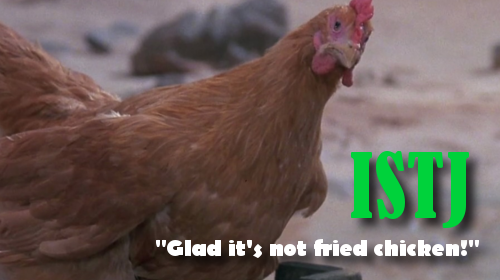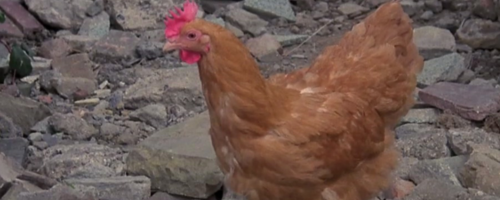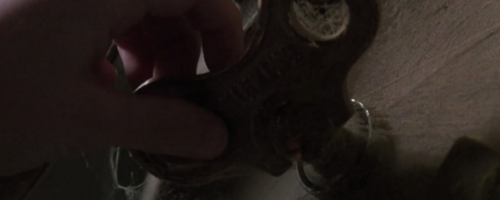As I wind down this Oz series, I’m taking a moment to look at a few characters who don’t quite get enough screen time to make a whole profile. I looked at the Villains last time, and in this post, I visit with the Heroes. I’ll finish up with another look at the girl herself, Dorothy Gale, this time played by Fairuza Balk in Return to Oz.
Ozma – INFJ
She only appears for a minute or two in Return to Oz, so we don’t have much to work with for Ozma on screen. Of course, she’s a major character in the books—rightful ruler of Oz and best friend to Dorothy. Since I don’t want to draw too much from material outside of the movie, though, I’ll just offer a quick, speculative take on Ozma’s personality type.
The Queen of Oz is kind, fair, and compassionate to all her subjects, who love her unquestioningly, so I see Extraverted Feeling (Fe) right away there. She also seems a bit reserved—not detached, just quiet and dignified—so I’d put that Fe in the auxiliary position and pick an Introverted function as her dominant. I’m going for Introverted Intuition (Ni). She’s knowledgeable and creative with her magic, has good hunches about people, and sees potential in everyone whether they’re human, animal, or wooden creature brought to life.
There’s a scene in one of the books (can’t recall which one), where she correctly guesses Dorothy’s thoughts and addresses them. Dorothy sees the ease at which Ozma creates a tent and a meal for them on their journey and thinks that the world would be a better place if everyone could do that. Ozma instead points out the negative consequences if everybody could wield such power thoughtlessly, not the least of which would be that they would not be able to solve their own problems.
That sounds like Ni foresight, and also Introverted Thinking (Ti) logic at work. In the movie we see a touch of this in Ozma’s compassionate treatment of Mombi. Although the witch had imprisoned her, Ozma pardons her at the end of the story, since her magic has been taken away from her and she is now “a miserable creature indeed.” Her Fe seems to step in to support that decision as well, considering Mombi’s feelings even though Ozma herself was wronged by her.
Her inferior Extraverted Sensing seems to manifest in the magnificence of her palace and kingdom. Ozma appreciates these things without being overwhelmed by or obsessed with them. She dresses fancy, but only as a function of her position, not out of a strong love of luxury. She also abhors physical violence and seeks a peaceful solution to all her conflicts. Continue reading










